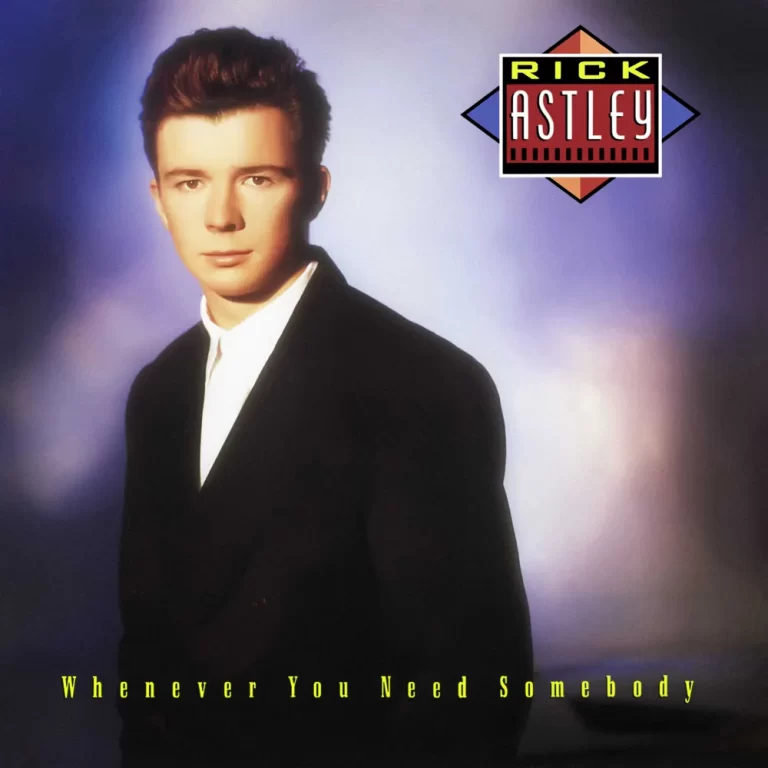The Lexicon 224X has the ability to emulate the response of many different kinds of actual spaces, mimic other artificial reverberation devices, and create complex effects with minimal controls. In addition, the Split programs allow the 224X to serve as two separate reverb devices.
The Lexicon 224X is an advanced two-in, four-out, all-electronic digital reverberation system. Its clean, natural-sounding reverberation is the result of blending digital audio hardware and software disciplines.
Lexicon supports ongoing software development, as well as hardware options for the 224X. Program updates or additions are supplied as user-installable read-only memory (ROM) integrated circuits.
With the Lexicon Alphanumeric Remote Console (LARC), a user can precisely and easily control the character of reverberant sound. The LARC simplifies day-to-day operation for both new and experienced users of the Lexicon 224X and offers a tape storage capability.
A user can quickly access reverberation or effects programs, modify the parameters of those programs, and store the modifications in 36 non-volatile memory registers or on audio tape for future use.
The Lexicon 224X is completely modular. Every subassembly in the mainframe can be unplugged and removed for service or exchange. The unit is designed to provide continuous operation with an absolute minimum of maintenance.
This product is the result of years of study and development. Its design incorporates suggestions from knowledgeable equipment users and reflects Lexicon’s long experience in providing superior digital audio equipment to the professional.
Every effort has gone into making the Lexicon 224X and LARC perform to the highest industry standards. The 224X is a sophisticated signal processor, in both its capabilities and control functions. It is much more versatile than other reverberation devices, and the LARC increases its ease of use even further by offering an interactive, prompting interface.
A system of banks, programs and variations, control pages, and registers makes this versatility immediately available, even to inexperienced users. You will find the LARC a powerful and exciting addition to the 224X, and if you are a new 224X user, you will find the LARC an informative, self-prompting interface into the world of digital reverberation. Whether or not you are familiar with the 224X, please read this section to understand how to operate the LARC and 224X.
The 224X digitises incoming signals and processes the digitised signals; it then reconverts the processed signals into analogue for output. Because the modifications to the sound are totally under the control of the 224X’s high-speed processor, which is directed by the LARC and its software, the range of sound is extremely wide.
The 224X has the ability to emulate the response of many different kinds of actual spaces, mimic other artificial reverberation devices, and create complex effects with minimal controls. In addition, the Split programs allow the 224X to serve as two separate reverb devices.
The reverb effects of the Lexicon 224X are organised into five banks as follows:
- Halls – The Halls bank holds programs with a pronounced sense of large size and acoustic space. These programs lend space and ambience to recordings.
- Rooms – The Rooms bank holds the Room and Small Room programs, which also have a strong sense of space, but of smaller size than the Hall programs, The Room programs have a very wide range of uses in recording and broadcast. The Rooms bank also holds the Chamber programs, which have fewer size cues than the Halls.
- Plates – The Plates bank holds programs that have high initial density and a smooth sizeless decay. These programs have a slight metallic tone and are widely used in mixing popular music.
- Effects – In addition to reverberation programs, the 224X has several powerful special effects programs in the Effects bank that open up a whole new range of exciting possibilities traditionally provided only by other devices.
- Splits – The Splits bank holds programs that allow the two input channels of the 224X to be processed independently, so entirely different reverberation sounds can be applied to different tracks in a mix.
Each program of the Lexicon 224X has one or more permanent variations. Each variation is a group of permanently set parameters that characterise the program for specific applications. Users can tailor these variations by changing the values of the parameters to suit their own applications and store the new parameter settings in registers for future use.
Changing parameters is accomplished by accessing control pages, which are groupings of variable parameters whose values can be altered by moving the Lexicon 224X LARC’s sliders. Most programs have four or five control pages, with each page holding as many as six variable parameters (corresponding to the LARC’s six sliders).
- Hall Variations – Concert Hall with 7 variations, Bright Hall with 5 variations and Dark Hall with 7 variations
- Room Variations – Room with 4 Variations, Small Room with 4 Variations, Chamber, Rich Chamber with 8 Variations, Dark Chamber with 8 Variations and Inverse Room with 3 Variations
- Plate Variations – Plate with 6 Variations, Small Plate with 6 Variations, Constant Density Plate A, Constant Density Plate B with 3 Variations, Rich Plate with 8 Variations
- Effects Variations – Chorus & Echo with 4 Variations, Resonant Chords and Multi-Band Delay
- Split Variations – Hall/Hall, Plate/ Plate with 2 Variations, Plate/Hall, Plate/Chorus, Rich Split











